Behind the barn, April 2025
It is flood season here in the Mid-Ohio Valley (and many other valleys), but floods can arrive in any month of the year. The worst of this century occurred in September, typically a dry month, when fall-out from Hurricane Ivan arrived and stalled over the region. This was an aberration; most of the time the precipitation that reaches Ohio from tropical cyclones is welcome. Cool, misty weather with gentle rains often ends droughts and provides a respite from heat.
Flooding is expected in river valleys, as the presence of floodplains attests. These broad, flat areas that lie adjacent to rivers formed over millennia as swift moving waters escaped their banks to spread, slow, and deposit rich alluvium. The flat terrain, fertile soil, and proximity to navigable water bodies of floodplains have proven irresistible to humans. We've spread out over floodplains and deposited our own sediment of roads, buildings, and parking lots.
Rivers, however, still overflow into floodplains unless steps have been taken to prevent this. Ironically, mitigation meaures actually make floods worse elsewhere. Levees and flood walls protect cities and towns built in floodplains, but water prevented from entering historic overflow areas must go somewhere.
Pasture, April 2024
The impact of human activity on flooding begins farther upland than flood barriers, however, and for meaningful discussion it is necessary to back up and include the effects of developing land in floodplains in the first place. Every road, roof, and parking lot — every impermeable surface — shortens the time between a raindop hitting a surface and its joining a river or stream. Our built environment delivers rainwater as quickly as possible to the nearest waterway, exacerbating flooding.
If a raindrop falls on land covered by vegetation the story is different. Leaves slow its fall and it percolates leisurely through soil, or it is held in soil pores to later evaporate or be transpired by a plant. Land changes upstream such as cutting trees and plowing land have repercussions downstream, a fact that is easily understood and well documented.
News stories rarely discuss how floods are the result of an interaction of complex factors. Stories in the mainstream media are more likely to contain a brief mention of climate change amid descriptions of devastation, without mentioning any of the factors discussed above. That rising CO2 levels contribute to intense storms that deliver more precipitation, faster, is now accepted as gospel, despite much criticism of attribution science from some researchers. Single event attribution is especially sketchy, as described here by substacker
, whose series on the topic is worth a read.Creeping phlox on the rock wall
Pielke points out that most critics of attribution science aren’t denying that human activities, including adding more greenhouses gases to the atmosphere, are impacting weather. They are pointing out the impossibility of credible evidence that a single event was caused or exacerbated by climate change. The attempt to do just that has a very specific purpose. As Pielke explains,
...event attribution research is a form of tactical science — research performed explicitly to serve legal and political ends. This is not my opinion, but has been openly stated on many occasions by the researchers who developed and perform event attribution research.
Pielke states that researchers “have been very forthright that the main function of such studies is to create a defensible scientific basis in support of lawsuits against fossil fuel companies.” Prominent scientists involved in attribution science are open about another major purpose of their research: raising awareness of the immediate and dangerous threat of climate change. In other words, they set out to find results that will make you afraid, in large part (as Pielke explains) in reaction to the failure of the Intergovernmental Panel on Climate Change to adequately link extreme weather events to climate change.
Wild crabapple
The climate debate is portrayed in the media as a case of two opposing camps, one denying climate change and other insisting it is real, but this simplification hides the reality. In the case of extreme weather attribution, there are other interlocutors agreeing that increased greenhouse gas accumulation is affecting climate and weather, but insisting that the science “proving” increased frequency and intensity of extreme events is politicized and often just plain bad.
We have entered an epoch in which it is common knowledge among the public that extreme and devastating weather events are understood to be worsening. Meanwhile, one of the premier global bodies dedicated to evaluating climate data to finds no such thing. This more than anything illustrates the distortion of climate research results that occurs between leaving the lab and arriving in our inboxes. Knowing that there are organizations dedicated to producing results that scare us, ostensibly so we will take some sort of action, I find infuriating.
Blaming climate change isn't apparent only when damaging floods or other natural disasters arrive. I’ve noticed a trend among gardeners to blame climate change for unpredictable aberrations in weather that complicate their efforts at growing. The IPCC might be unable to find convincing evidence to tie extreme events to climate change when reviewing the most rigorous studies on the topic, but gardeners report seeing it everywhere. Wild temperature swings, early blooming, drought, and unexpected insect attacks are blamed on human-caused climate destabilization.
Silver maples begin to glow green
Perhaps this is the case, perhaps not. Scientists are not claiming that increases in atmospheric CO2 do not affect weather. They are claiming that a) they are unable to say with confidence that specific events are tied to climate change, and b) that the weather phenomena that we are now witnessing are within the range of normal. We see what we expect to see however, and those who believe that climate chaos has arrived will see evidence for it in weather. When flood waters rise and threaten lives and property, people naturally seek to place blame, especially if the experience in a new one. When gardeners have difficulties dealing with what they view as manic weather, it is natural that they will blame climate change since the media is relentlessly informing us that climate chaos is here.
There is a much simpler explanation which is that spectacularly early and late frosts are normal, as are torrential downpours followed by weeks of dry weather and blistering heat waves. This is the nature of weather. The person who witnesses such events and claims them as evidence for climate change is doing the same as someone who claims blizzards and sub-zero temps as evidence against. Despite regular lecturing by climate activists that we mustn't conflate climate and weather, it is now completely acceptable to do so as long as you do it to defend the current climate change narrative.
Nothing I have written here constitutes an argument against atmospheric GHG accumulation affecting climate. I’m just pointing out the gulf between research results and the information that reaches the masses via media, with content purposefully deformed to suit political ends. We need to phase out fossil fuels for myriad reasons, but this fact doesn't justify creating psuedo-scientific content for use in litigation attempts and to frighten people.
As a gardener and someone who likes to be outside in all seasons, I have kept an eye on weather for several decades while living in the same location. I too have observed changes, the main one being that winters are warmer with less snow and ice. Mild winters can affect insect populations, which can potentially lead to more damage in the yard and garden in the following growing season. This doesn't mean I can state confidently, however, that climate change affected my crop. If we experience a damaging flood this spring, I also can't say with any certainty that it was brought on by climate change. Current individual weather events are still within the range of the possible, even on a counter-factual non-warming planet.
If you are growing food or otherwise useful plants — or living in a flood plain — it is best to expect the worst. Channel your inner Boy Scout: plant extra, diversify crops, and build redundancy. Anticipate the failure of at least a few crops. When it comes to practical matters, whether weather events have been exacerbated by human activities is immaterial, and we should be preparing for them regardless.


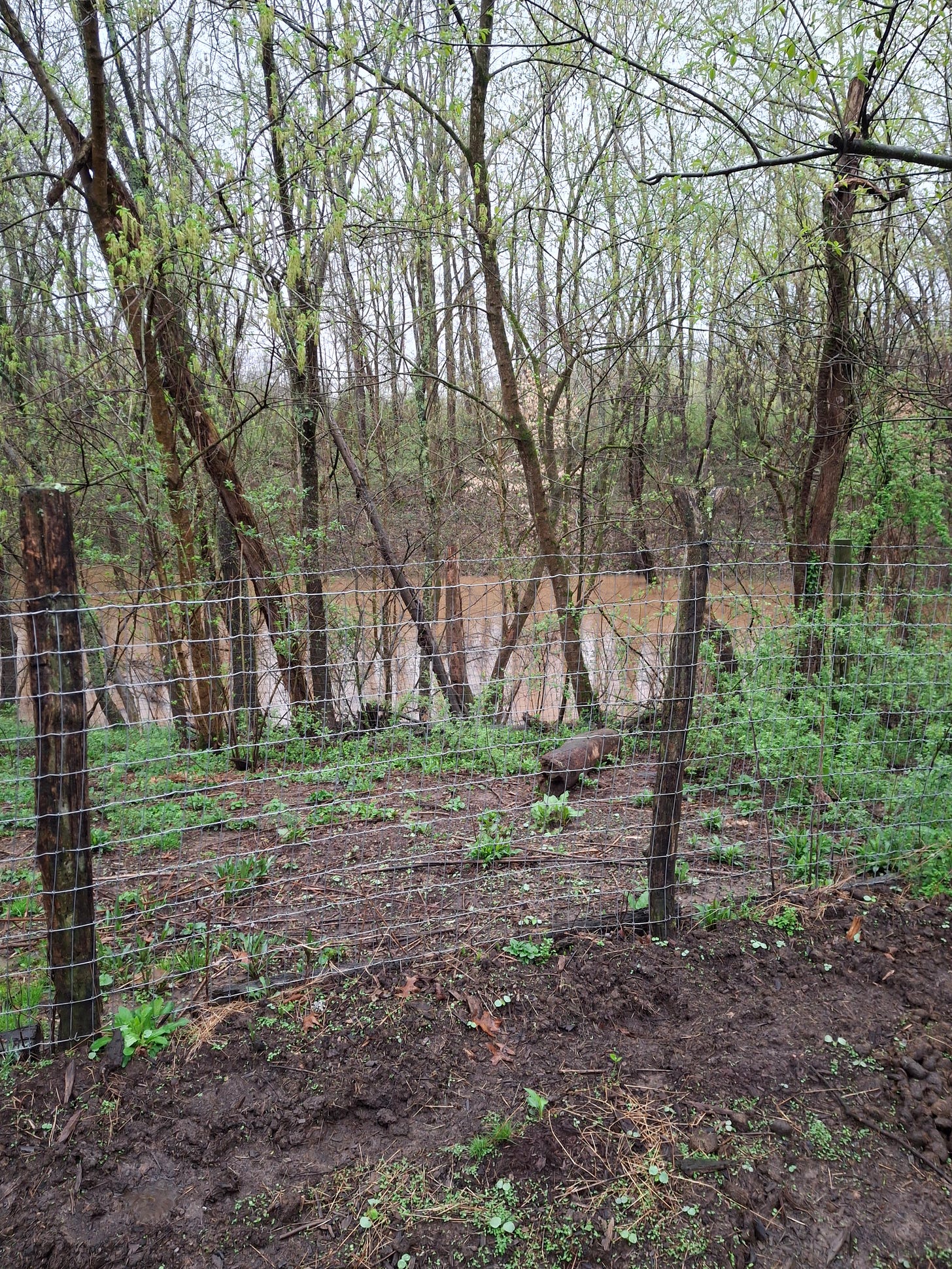
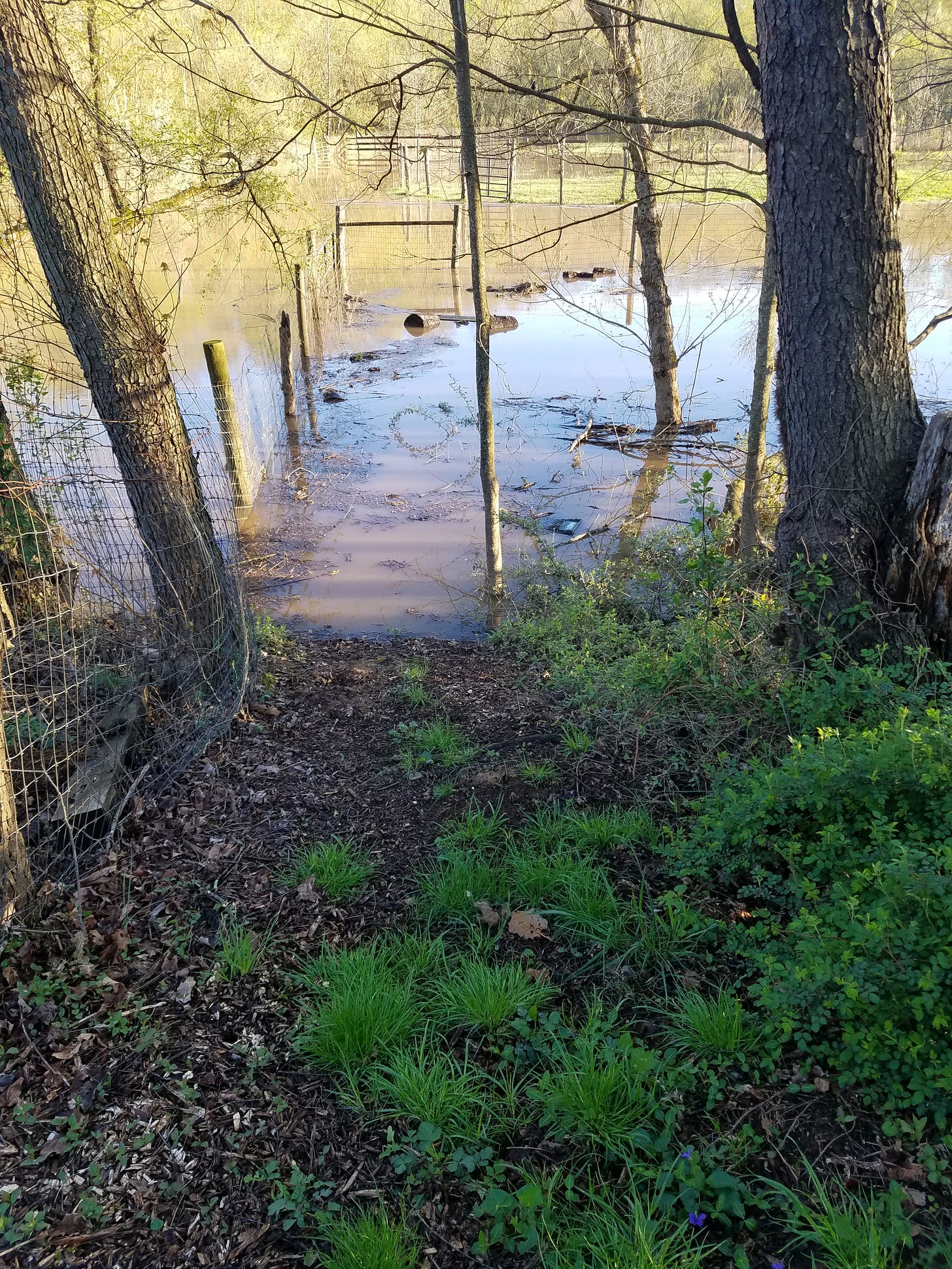
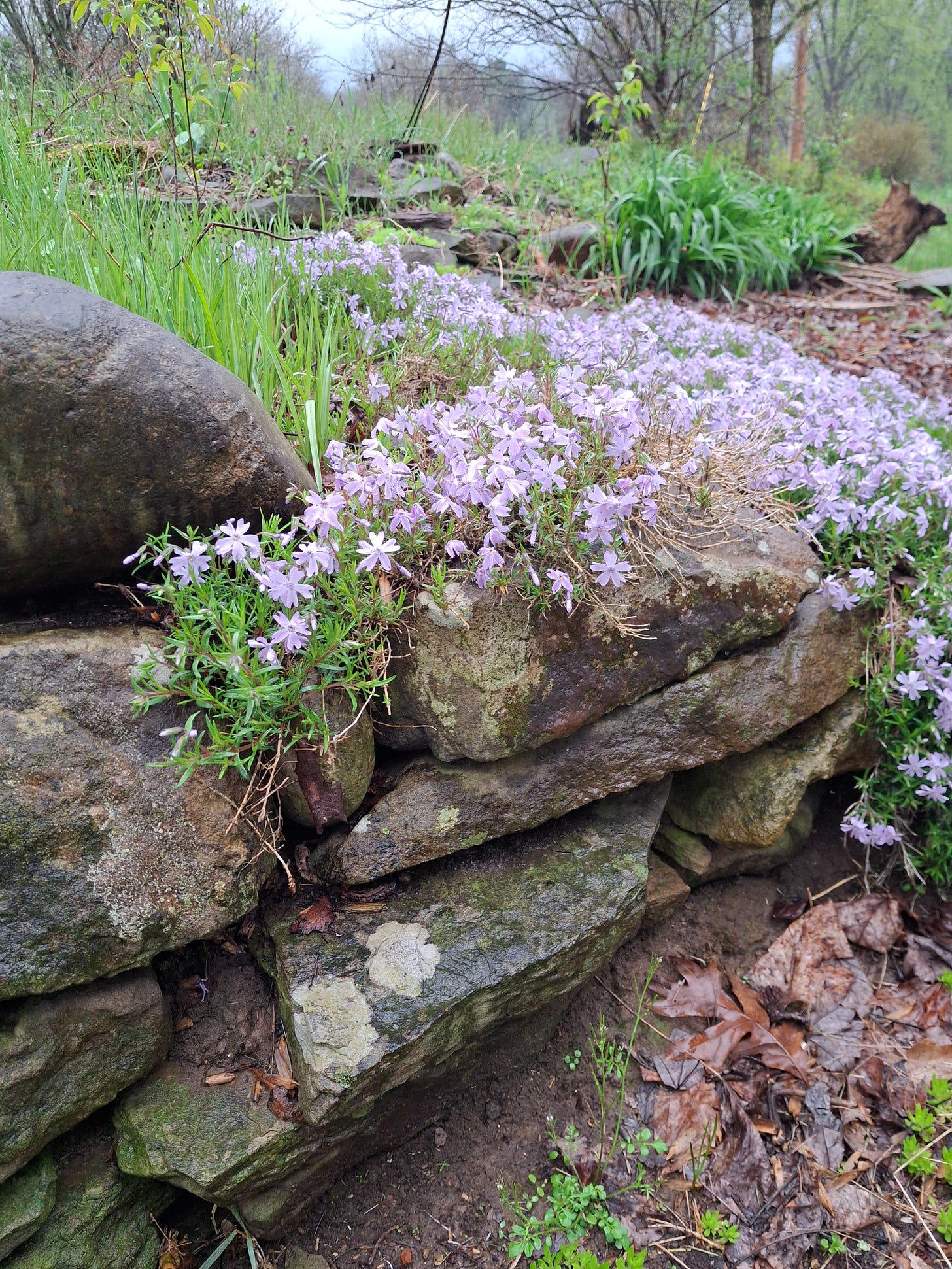
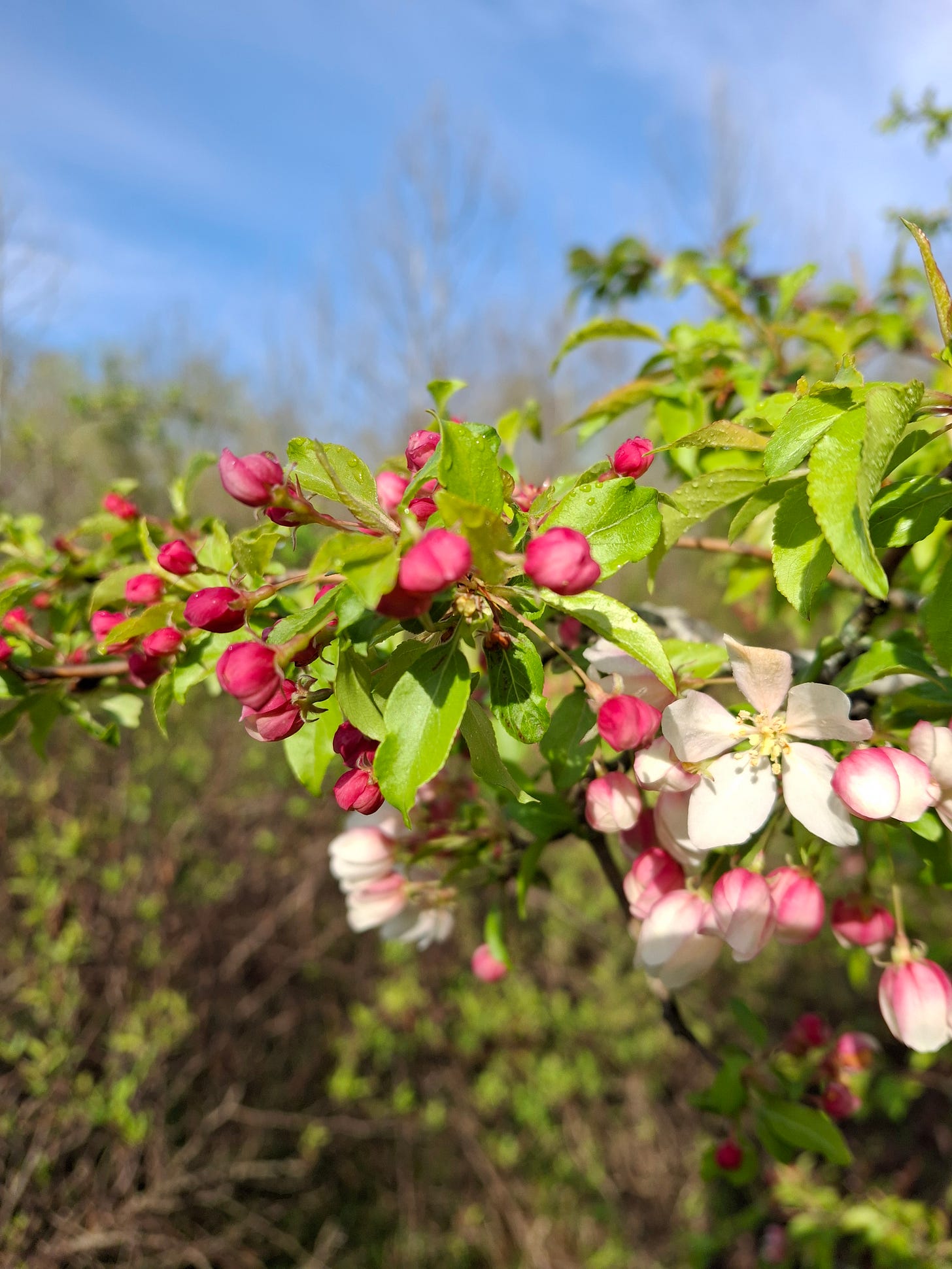
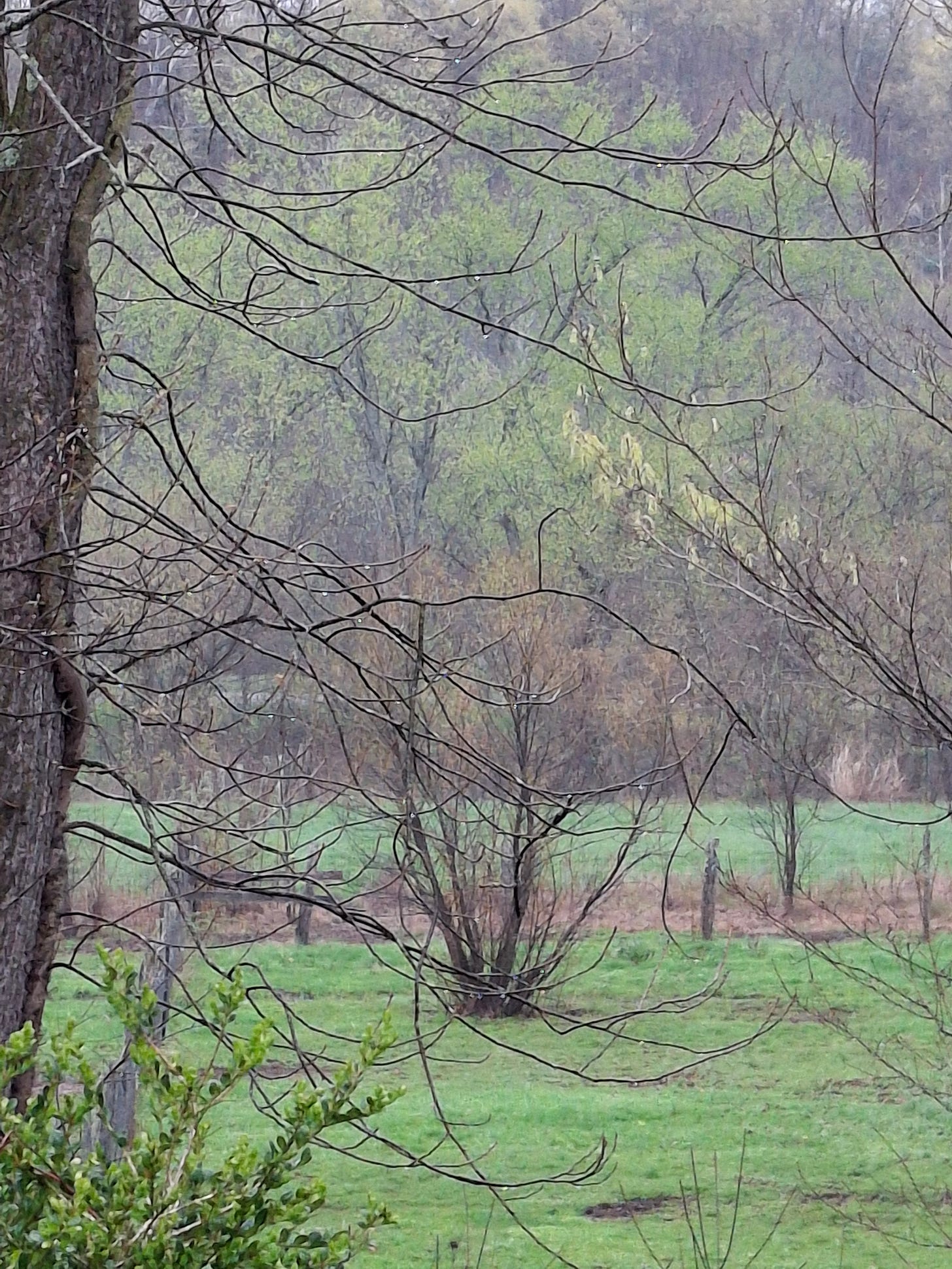
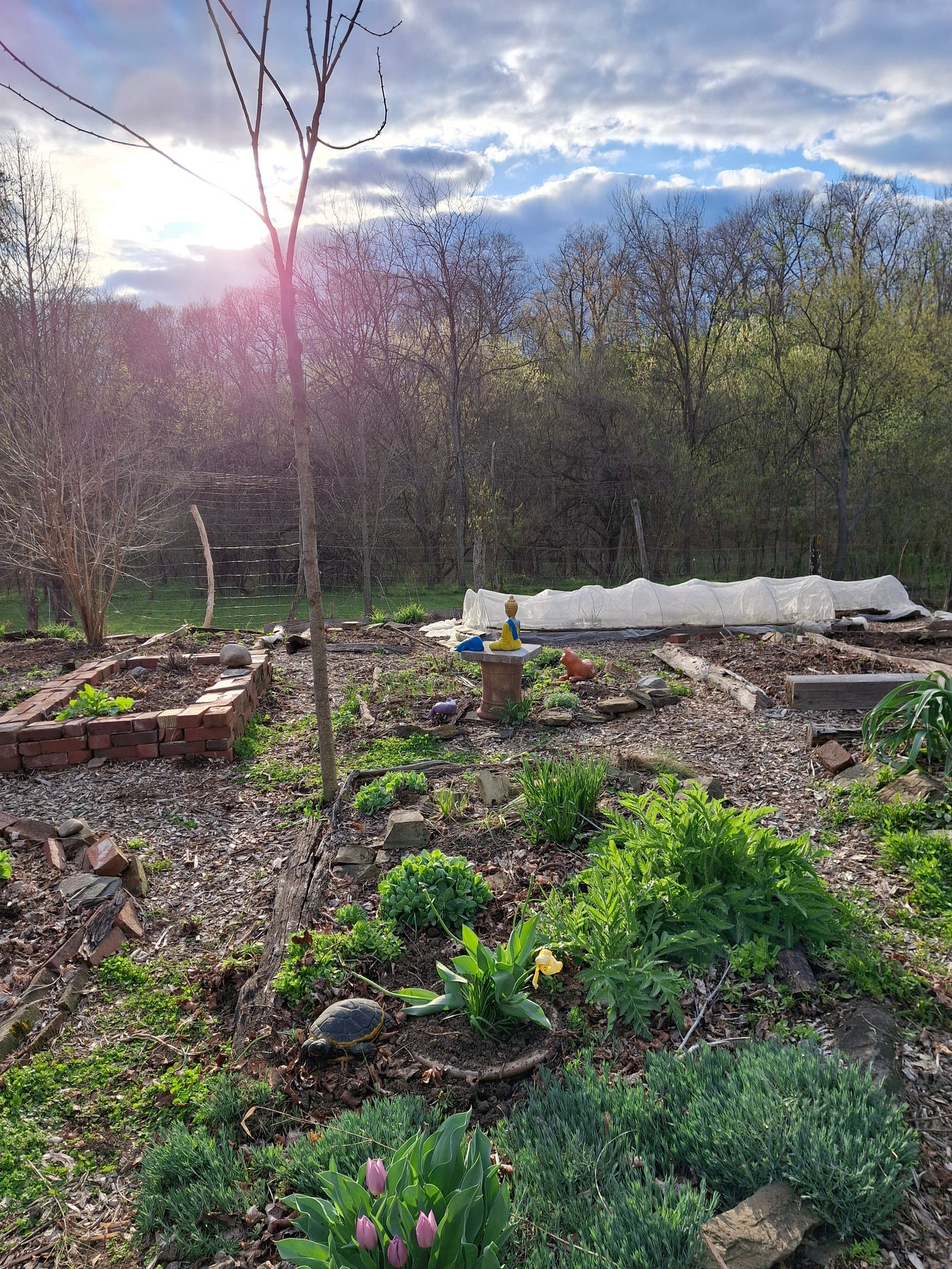
Thank you for the sober assessment. I remember you talking about hyperbolic weather reports in another piece you wrote not too long ago. I agree. I'm also skeptical of the weather media. The news reports of the last few years continually use adjectives that end in "est": "hottest," "driest," "windiest," "wettest," etc. And of course I don't keep my own records and I am in no position to contradict them, but regarding "wettest," I remember some torrential rain storms in the eighties and nineties in San Francisco, and I can't believe any of the twenty-first century storms have even come close to them in ferocity. One winter night in the eighties (I was driving a cab that night) the Golden Gate Bridge closed for several hours because of the deluge and the wind and the freeway on the other side of the bridge was covered by a landslide, and lots of office workers had to stay in motels because they couldn't get home. In the nineties a storm smashed hundreds of panes of glass in the Conservatory of Flowers in Golden Gate Park and it had to be closed for several years for repairs. Big trees were down everywhere. It's as if these storms I personally witnessed were somehow of an inferior rank. Nobody mentions them, no one seems to remember them, and I start to feel like the lone surviving witness. But what about "driest?" Just for the heck of it, I just did a search for "driest January" on the San Francisco Chronicle website. The paper reported this January to be the forth driest on record at .024 inches. Interestingly, in 2022, the paper also said the count was .024 inches. In 2015, they said there had been "no rain," so I suppose that meant, .00 inches. In January 2014, they reported .06 inches. In 2009, the paper, in the middle of the month, reported the rainfall to be .02 inches, and noted that there had been .26 inches in January in 1922. My point is that dry Januaries in San Francisco are really not that original and in Wikipedia I read that there have been 16 documented drought cycles in the state of California since 1841. In the mid Seventies, we were asked to put bricks in our toilet tanks to conserve water. And big storms aren't as unusual as people seem to think. That's the thing about weather, nobody can remember it very well. It changes continually, and if you don't work on a farm or as a fisherman, say, you only have the vaguest idea of what normal is. They can tell us anything and we will believe them.
Another great, well reasoned and supported piece. Agree totally with the infuriating way evidence is selectivly used or manipulated or support various, often opposing and often extreme viewpoints.
Also, as gardeners, sooo tempting to find something to blame when things don't turn out how we intended!